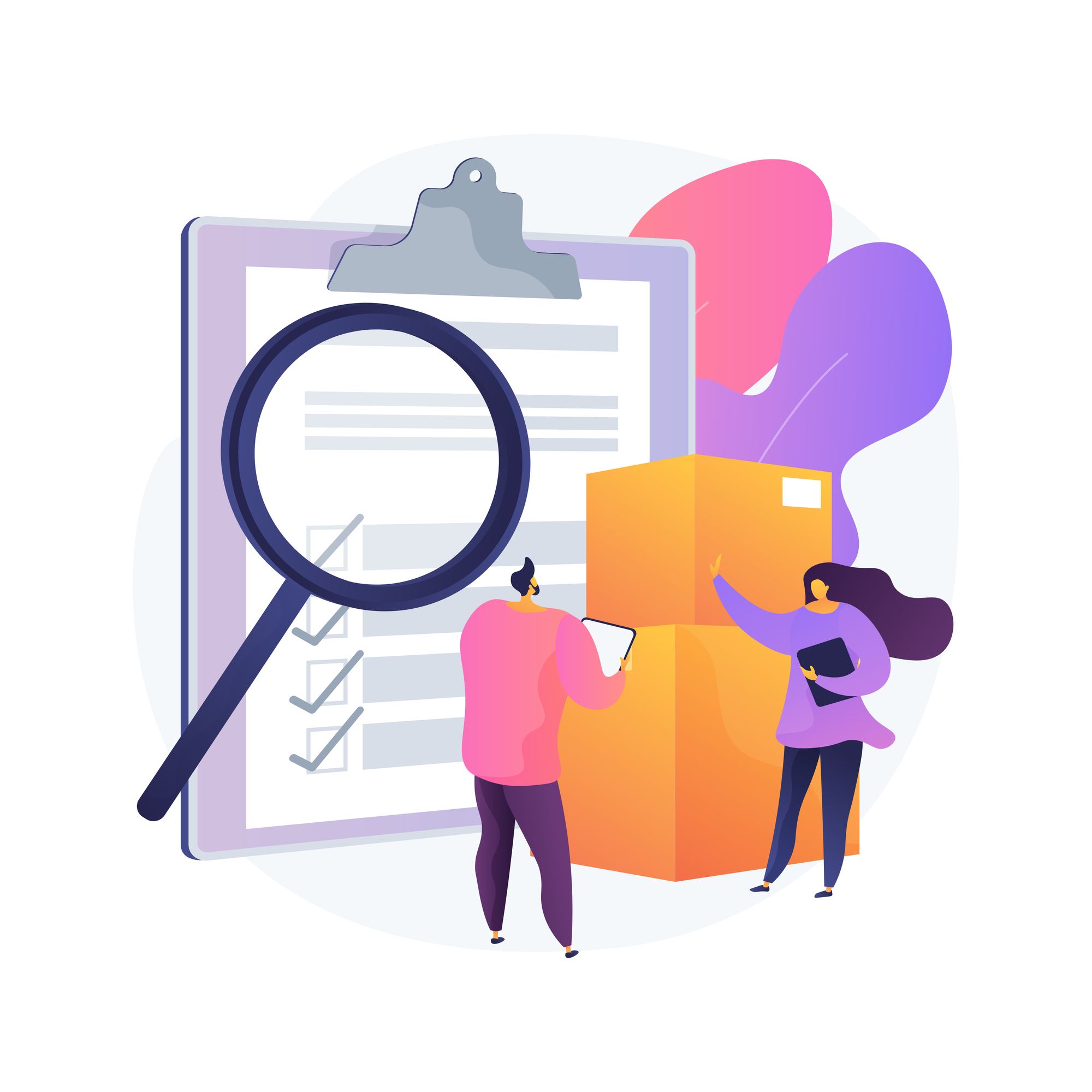Demand Forecasting Tools for Inventory Optimization in the Age of AI

Introduction to Demand Forecasting Tools
Demand forecasting tools are software that leverages historical data, statistical models as well as AI algorithms to forecast future market conditions and demand patterns. This in-turn helps businesses plan their production and inventory in advance.
These tools allow businesses to get an insight into future demand levels and probable fluctuations in the market and make informed decisions around inventory replenishment, supply chain management, production planning, etc.
Such tools analyse various variables such as sales data, market trends, and external influences to make the predictions. This way, demand forecasting tools shield the suppliers from supply chain issues caused due to untimely or erratic market shifts.
Advantages of Employing AI-based Demand Forecasting Tools
Implementing AI powered demand forecasting tools gives multiple benefits to businesses, such as:
Improved Inventory Management:
Demand forecasting tools integrated with the unique capabilities of AI models allow businesses to gain much more accurate insights and predictions of future consumer behaviour. Operations strategy optimised keeping in mind such information prevents issues such as overstocking or understocking of products, reducing carrying costs and minimising stock outs.
Enhanced Customer Satisfaction:
AI powered Demand Forecasting Tools, by helping make better stocking decisions, allow for a better customer experience. Customers rarely face stock-out issues, late deliveries, or waiting periods.
Moreover, while the traditional forecasting methods are useful, they involve a tedious process which takes time and creates a buffer period between the predictions and the market behaviour. AI powered forecasting, on the other hand, is powerful enough to provide real-time responses to market variables.
Better Production Planning and Happier Employees:
AI based Demand Forecasting tools not only help in maintaining optimal stock levels, but they also lead to better supply chain operations and production planning. Better supply chain operations help reduce stress and pressure on the production teams leading to a happier overall workforce.
Reduced Costs:
The most important benefit of deploying AI based Demand Forecasting software is that it reduces costs on each level. From production to transportation, excess inventory, obsolescence, rush orders, and even stocking and restocking, with a better insight into the consumer behaviour and market trends paired with optimised operations, tons of money can be saved.
Businesses employing accurate demand forecasting tools and techniques can increase their profits by 60%, as reported by Gartner.
AI in Demand Forecasting
As reported in a study done by Mckinsey Digital, 30 to 50% of supply chain network errors can be reduced by integrating AI into traditional Demand Forecasting.
Now this AI-backed accuracy could lead up to 65% reduction in lost sales caused due to multiple supply chain issues such as stock-outs. In addition to that, warehouse costs can also be reduced by 10 to 40%.
The improved accuracy leads up to a 65% reduction in lost sales due to inventory out-of-stock situations and warehousing costs decrease around 10 to 40%. McKinsey, in another report estimates the impact of AI forecasting on supply chain planning to be between $1.2T and $2T.

Since traditional forecasting methods such as ARIMA, Auto Regressive Integrated Moving Average, and exponential smoothing methods, which exclusively use historical data to make predictions, are going obsolete due to haphazard demand patterns and change in consumer behaviour since COVID, AI plays a vital role in maintaining and improving the accuracy of the predictions.
AI facilitates more accurate forecasts that can be used for warehouse management, operations planning, and all other circumstances. AI takes demand forecasting to the next level by integrating and considering multiple variables in real-time, including internal and external data sources such as demographics, weather, online reviews, social media, and so on and so forth.
AI can even make demand predictions for new products by analysing sales data of similar products with similar characteristics. With adjustments, it can use this data as a substitute to make predictions.
Best Practices for Implementing Demand Forecasting Tools
The most efficient way to optimise inventory management through AI-powered demand forecasting tools is integration of forecasting software in the inventory management software itself. This will reduce the possibility of human error, ensure smooth and direct implementation of prediction data in operations planning.
In addition to that, to ensure successful implementation of AI demand forecasting tools, we can consider the following best practices:
Data Accuracy and Quality:
For a forecasting system to produce accurate and actionable insights, the accuracy and quality of the data provided to it is an absolute necessity. Any errors or inconsistencies can be removed with data cleansing and validation processes.
Collaboration and Communication:
Foster collaboration between different departments involved in demand forecasting, such as sales, marketing, and supply chain. Encourage regular communication and sharing of insights to refine forecasting models.

Continuous Monitoring and Evaluation:
Regularly monitor and evaluate the accuracy of forecasts against actual demand. Adjust and fine-tune forecasting models based on performance metrics to improve accuracy.
The Future of Demand Forecasting and Inventory Optimization
With technology continuously advancing with leaps and bounds, operational processes and their subsets like demand forecasting continue to advance and become more and more sophisticated like all other sectors.
AI-powered algorithms are enabling businesses to generate more accurate demand forecasts, adapt to dynamic market conditions, and optimise their inventory management processes further. The trajectory of this development is set to be complete overtaking of inventory planning by AI systems with supervision of human experts. With the reduction of operational costs, savings on multiple fronts, and all the other benefits, the future of AI-powered demand forecasting looks promising.
Moreover, integration with other advanced technologies like Internet of Things (IoT) and big data analytics is also unlocking new possibilities for supply-chain optimization and demand planning.
Conclusion
With AI-based Demand forecasting tools becoming indispensable and eventual reality for businesses in the age of AI and advanced analytics. By leveraging historical data, statistical models, and AI algorithms, these tools enable accurate prediction of future demand patterns. Implementing demand forecasting tools helps businesses optimise their inventory, enhance customer satisfaction, and reduce costs associated with inventory management. Despite challenges, businesses can overcome them by adopting best practices and continuously improving their forecasting models. The future of demand forecasting looks promising as technology continues to evolve, enabling businesses to make data-driven decisions and achieve efficient inventory optimization.